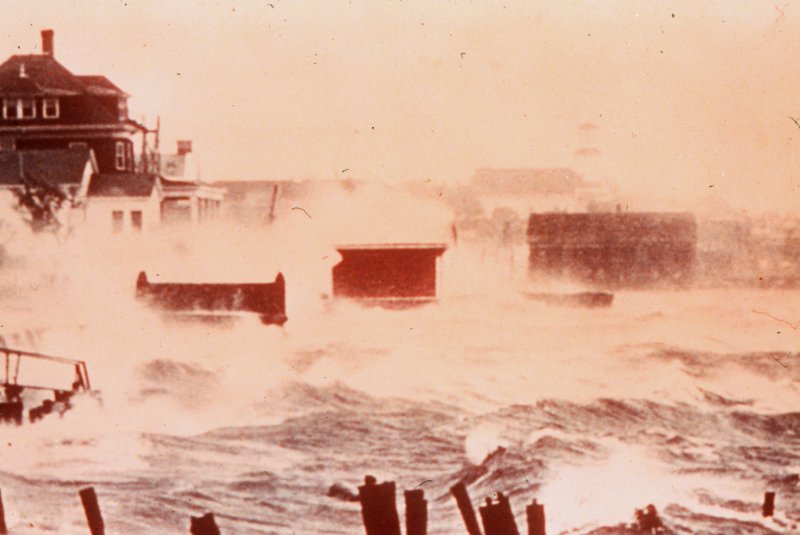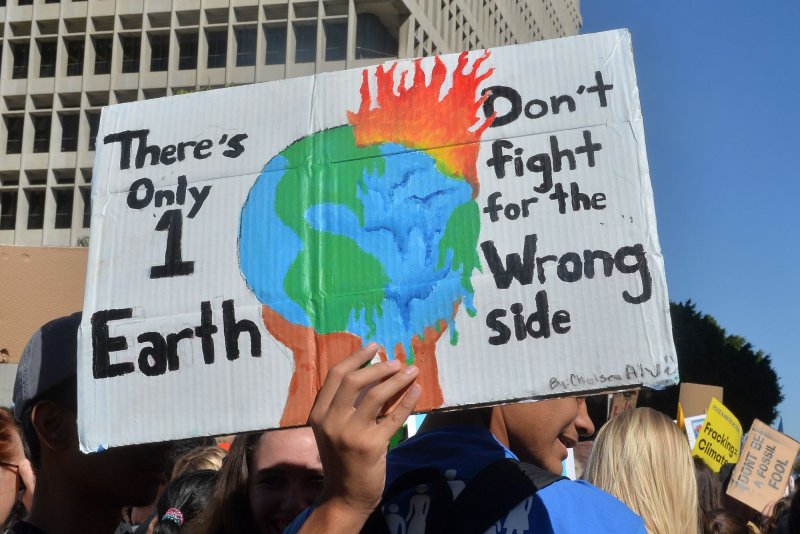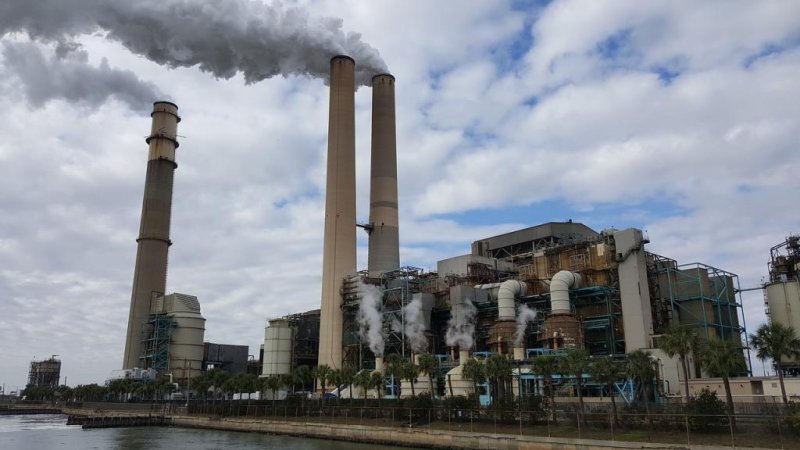Study: Renewables, not nuclear power, can provide truly low carbon energy

Renewable energy programs are more likely to help countries reduce carbon emissions than nuclear energy projects. Photo by University of Sussex
Oct. 5 (UPI) -- Nuclear energy programs around the world have failed to deliver on promises of carbon emissions reductions, according to a new survey.
When researchers at the University of Sussex Business School, in Britain, and the ISM University of Management and Economics, in Lithuania, analyzed nuclear energy programs and renewable power operations in 123 countries over the last 25 years, they found the two tend not to co-exist all that well.
In low-carbon energy systems, the two programs crowd one another other out of the energy market, as well as diminish the efficiency of the other, researchers said.
The latest findings, published Monday in the journal Nature Energy, suggest countries are less likely to meet carbon emissions reduction targets when nuclear energy programs box out renewables.
"The evidence clearly points to nuclear being the least effective of the two broad carbon emissions abatement strategies, and coupled with its tendency not to co-exist well with its renewable alternative, this raises serious doubts about the wisdom of prioritizing investment in nuclear over renewable energy," lead study author Benjamin Sovacool said in a news release.
"Countries planning large-scale investments in new nuclear power are risking suppression of greater climate benefits from alternative renewable energy investments," said Sovacool, a professor of energy policy at Sussex.
Researchers relied on World Bank and International Energy Agency data to examine the impacts of nuclear programs on renewables, and vice versa.
The analysis showed that when electricity transmission and distribution systems are optimized for large-scale, centralized power production, like a nuclear power plant, small-scale, often-heterogenous renewable power sources are put at a disadvantage.
Likewise, when financial markets, regulatory bodies and employment practices are designed to facilitate large-scale nuclear power construction projects, small-scale renewable projects lose out on access to capital, permits and workers.
"This paper exposes the irrationality of arguing for nuclear investment based on a 'do everything' argument," said study co-author Andy Stirling.
"Our findings show not only that nuclear investments around the world tend on balance to be less effective than renewable investments at carbon emissions mitigation, but that tensions between these two strategies can further erode the effectiveness of averting climate disruption," said Stirling, a professor of science and technology policy at Sussex.
It's not that nuclear power programs don't provide any benefits, though.
Researchers found nuclear energy programs were associated with a small drop in carbon emissions in countries with high GDP per capita. However, the data also revealed a stronger correlation between investments in renewable energy and carbon emissions reductions in countries with high GDP per capita.
In less wealthy countries, nuclear energy projects were associated with slight increases in carbon emissions.
"While it is important to acknowledge the correlative nature of our data analysis, it is astonishing how clear and consistent the results are across different time frames and country sets," said study co-author Patrick Schmid.
"In certain large country samples the relationship between renewable electricity and CO2-emissions is up to seven times stronger than the corresponding relationship for nuclear," said Schmid, a researcher at ISM International School of Management München.










